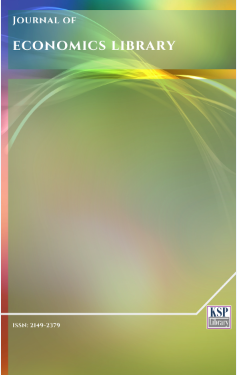Why negative rates are not a solution for Japan or the Eurozone
Abstract
Abstract. Since the Global Financial Crisis in 2008-09 four major central banks have implemented Quantitative Easing (QE) programs. However, the types of QE implemented by the Federal Reserve and the Bank of England on the one hand and the Bank of Japan (BoJ) and the European Central Bank on the other have been very different. In the case of the Fed and the Bank of England, the QE operations were consistent with an expansion of deposits in the banking system, a reduction of leverage in the non-bank private sector, and the gradual normalization of growth, interest rates and inflation. By contrast, the QE operations of the Bank of Japan and the ECB have not been consistent with an expansion of deposits in the banking system or a reduction of leverage in the non-bank private sector, and hence they have failed to promote the gradual normalization of growth, interest rates and inflation.
Keywords. Central bank; Quantitative Easing; Monetary policy; Currency boards, Japan.
JEL. E40; E42; E52.Keywords
References
Bank of Japan Review, “Quantitative and Qualitative Monetary Easing: Assessment of Its Effects in the Two Years since Its Introduction. May 2015. [Retrieved from].
Wall Street Journal, March 25, 2015.
DOI: http://dx.doi.org/10.1453/jel.v9i4.2394
Refbacks
- There are currently no refbacks.
.......................................................................................................................................................................................................................................................................................................................................
Journal of Economics Library - J. Econ. Lib. - JEL - www.kspjournals.org
ISSN: 2149-2379
Editor: [email protected] Secretarial: [email protected] Istanbul - Turkey.
Copyright © KSP Library

